Author: Martin Keen
Over the last couple decades, it seems IPA has morphed from being bitter with moderate malt character to being all about imparting as much fruity hop character as possible. Lately, there’s been a lot of talk in the brewing world about thiols, which simply put, are aromatic compounds that evoke intense citrus and tropical fruit notes. The problem lies in getting these thiols into beer.
While many hop varieties have been identified as possessing “free” thiols, much of the focus of late has been on “bound” thiols, or precursors that require a specific enzyme called beta-lyase to be unbound during fermentation. Recently, a number of labs have released yeasts that have been bioengineered to possess the specific gene that accomplishes this unlocking function. Given the lower concentration of thiol precursors in hops and barley malt, and understanding that grape skins leftover from the winemaking process contain ample amounts of bound thiols, Garage Project owner, Jos Ruffell, created Phantasm, a powder made from New Zealand Sauvignon Blanc grape skins that can be added to beer during fermentation. Finally, there’s some evidence that mash hopping can assist in the release of bound thiols from barley malt.
As a fan of modern IPA, I’ve been eager to try these methods out in my own brewery to see what, if any, perceptual impact they have on beer. While I’m certainly interested in how each of these techniques works on their own and plan to get to that in the future, I designed an xBmt to see how the combination of mash hopping, using Phantasm, and reducing the dry hop while fermenting with bioengineered yeast affects a Cold IPA.
| PURPOSE |
To evaluate the differences between a Cold IPA made using standard methods and one that was brewed using 3 methods to release bound thiols including mash hopping, using Phantasm, and reducing the dry hop while fermenting with bioengineered yeast.
| METHODS |
Huge thanks to our friends from Great Fermentations Glacial Advance Cold IPA kits I used for this xBmt, the recipe of which is designed to emphasize thiols.
Glacial Advance Cold IPA
Recipe Details
| Batch Size | Boil Time | IBU | SRM | Est. OG | Est. FG | ABV |
|---|---|---|---|---|---|---|
| 5.1 gal | 60 min | 74.7 | 5.8 SRM | 1.066 | 1.01 | 7.35 % |
| Actuals | 1.066 | 1.01 | 7.35 % | |||
Fermentables
| Name | Amount | % |
|---|---|---|
| Pale Ale Malt | 5.5 lbs | 39.29 |
| Pilsner Malt | 5.5 lbs | 39.29 |
| Flaked Maize | 3 lbs | 21.43 |
Hops
| Name | Amount | Time | Use | Form | Alpha % |
|---|---|---|---|---|---|
| Saaz (thiolized only) | 28 g | 0 min | Mash | Pellet | 4.5 |
| Idaho #7 | 28 g | 60 min | Boil | Pellet | 13.4 |
| Strata | 57 g | 30 min | Aroma | Pellet | 12 |
| Citra Cryo | 28 g | 30 min | Aroma | Pellet | 25.4 |
| Citra (non-thiolized only) | 28 g | 5 days | Dry Hop | Pellet | 12 |
| Simcoe | 28 g | 5 days | Dry Hop | Pellet | 13 |
Yeast
| Name | Lab | Attenuation | Temperature |
|---|---|---|---|
| Lunar Crush (OYL-403) | Omega | 78% | 50°F - 65°F |
Notes
| Water Profile: Ca 50 | Mg 7 | Na 8 | SO4 70 | Cl 62 |
Download
| Download this recipe's BeerXML file |
After collecting the RO water for two 5 gallon/19 liter batches, I adjusted each to the same desired mineral profile.
With the water properly heated, I incorporated the grains then checked to make sure the mash was at my target temperature of 146°F/63°C.
At this point, I added 28 g/1 oz of Saaz hops to that batch where I intended to unlock bound thiols.
When the 60 minute mash rests were complete, I removed the grains and proceeded to boil the worts for 60 minutes, adding only a single bittering addition to each.
When the boils were complete, I quickly chilled them to 170°F/77°C before adding the hop stand additions. It was also at this point that I added a 70 g/2.5 oz addition of Phantasm to the wort that was previously mash hopped.
At the conclusion of the 30 minute whirlpool, I finished chilling each wort during transfer to fermenters, after which I confirmed both were at the same target OG.
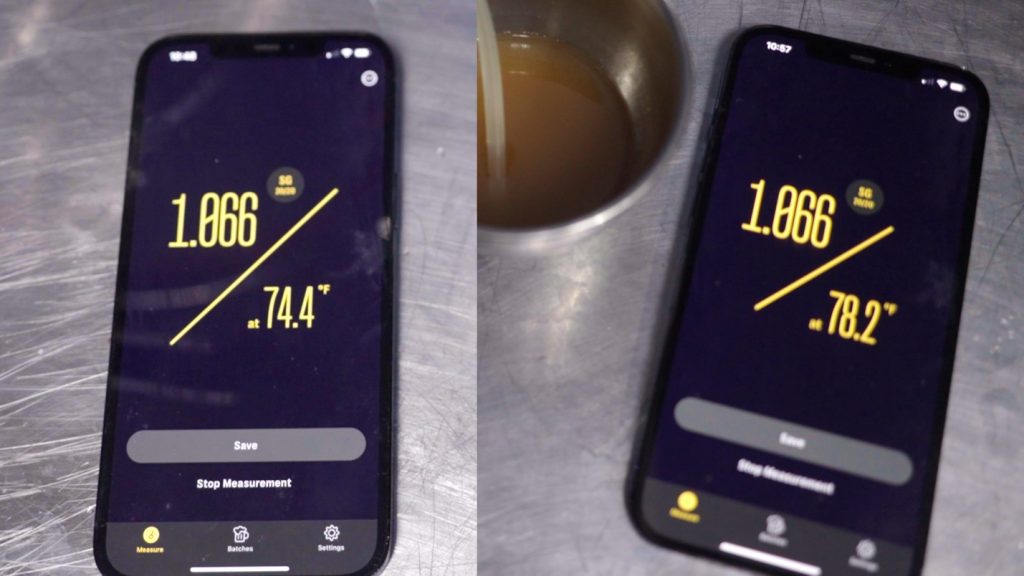
The filled fermenters were attached to my glycol chiller and when both were stabilized at my desired fermentation temperature of 60°F/16°C, I pitched a pack of Omega Labs Lunar Crush Lager yeast into each.
When signs of activity were dwindling 6 days later, I returned to add the dry hops, which is one area that gave me pause. While I’d originally intended to make the same dry hop addition to both batches, the folks from Great Fermentations, where the kits were sourced, strongly recommended I not add the Citra to the thiolized batch since high dry hopping rates can suppress thiols. For this reason, I added 28 g/1 oz of Simcoe to the batch aimed at releasing bound thiols, while the other batch received that as well as 28 g/1 oz of Citra, which is understandably an additional variable that could explain any perceived differences. After a week on the dry hops, I took hydrometer measurements showing the thiolized beer finished at 1.009 FG while the non-thiolized batch was at 1.010 FG. I proceeded to cold crash the beers overnight before pressure transferring them to CO2 purged kegs, which were placed in my keezer and burst carbonated for 15 hours before I reduced the gas to serving pressure. After a week of conditioning, they were carbonated and ready for evaluation.
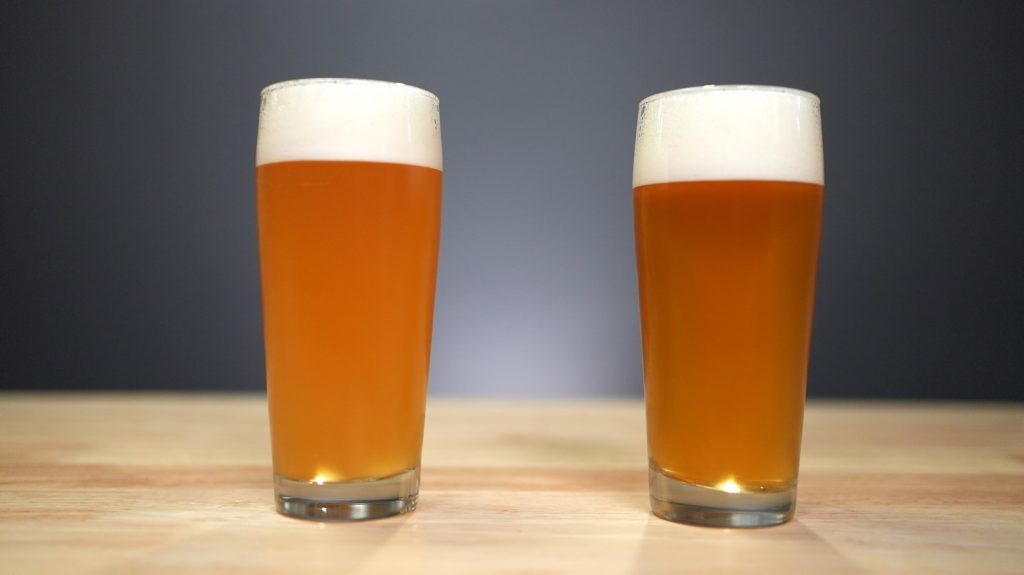
| RESULTS |
A total of 20 people of varying levels of experience participated in this xBmt.
Each participant was served 1 sample of the beer made with standard methods and 2 samples of the beer made with methods aimed at releasing bound thiols in different colored opaque cups then asked to identify the unique sample. While 11 tasters (p<0.05) would have had to accurately identify the unique sample in order to reach statistical significance, only 10 did (p=0.92), indicating participants in this xBmt were unable to reliably distinguish a Cold IPA made using methods to release bound thiols from one where many of these methods were not used.
My Impressions: Out of the 5 semi-blind triangle tests I attempted, I correctly identified the odd-beer-out 3 times, which suggests any differences I thought I perceived weren’t that vast. To my senses, the thiolized Cold IPA was slightly bolder in aroma while I felt the standard version was a little more bitter, but I was digging hard. Ultimately, these beers were incredibly similar.
| DISCUSSION |
The increased interest in thiols has led to some fascinating discoveries and innovation that are quite exciting for many brewers. With the knowledge that hops and malt contain thiol precursors that can only be unlocked in the presence of a specific enzyme, yeast labs have bioengineered yeasts that do exactly this. However, given the low concentration of bound thiols in hops and malt, brewers rely on other methods to increase their presence including mash hopping, adding a powder made of grape skins called Phantasm, and reducing dry hops. Interestingly, tasters in this xBmt were unable to reliably distinguish a Cold IPA made using these methods to release bound thiols from one where many of these methods were not used.
While this particular xBmt involves multiple variables, one of which is arguably extraneous, the fact tasters couldn’t consistently tell the beers apart is confounding. In considering possible explanations for this result, I initially wondered if my use of thiolized yeast in both batches may have been what caused them to be so similar, though that would suggest mash hopping had little to no effect. And what about the additional 28 g/1 oz of Citra added to the non-thiolized batch? Perhaps that additional hop character matched the thiol character closely enough as to make them perceptibly indistinguishable.
This is admittedly a lot of speculation, and while I’ve received numerous requests to do such a comparison, I’m now even more inspired to perform further xBmts on thiols where the variables are much more isolated. Until then, I’ll continue to embrace these relatively newfound concepts and look forward to learning more about producing the fruitiest IPA possible!
If you have any thoughts about this xBmt, please do not hesitate to share in the comments section below!
Support Brülosophy In Style!
All designs are available in various colors and sizes on Amazon!
Follow Brülosophy on:
FACEBOOK | TWITTER | INSTAGRAM
If you enjoy this stuff and feel compelled to support Brulosophy.com, please check out the Support page for details on how you can very easily do so. Thanks!


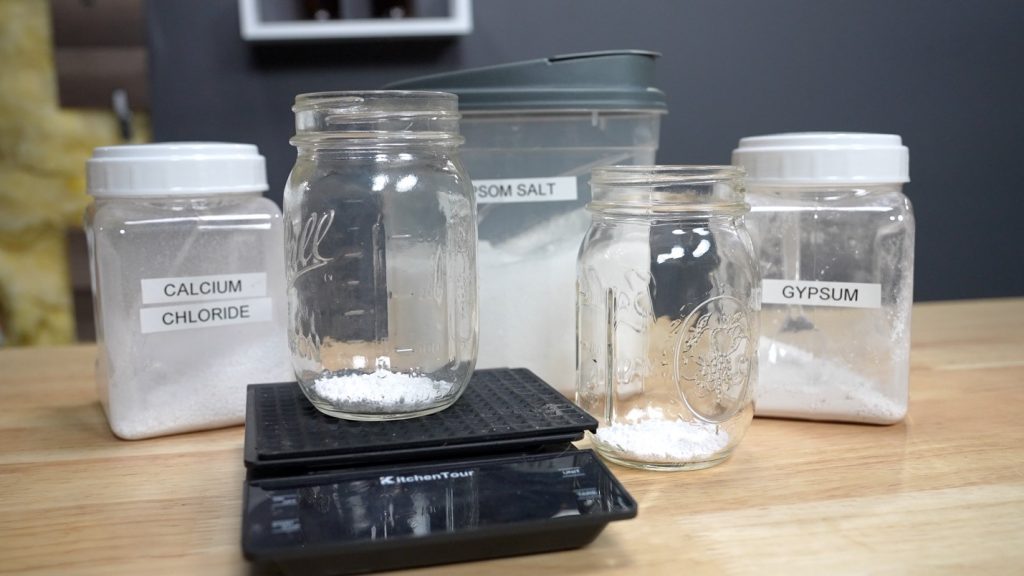
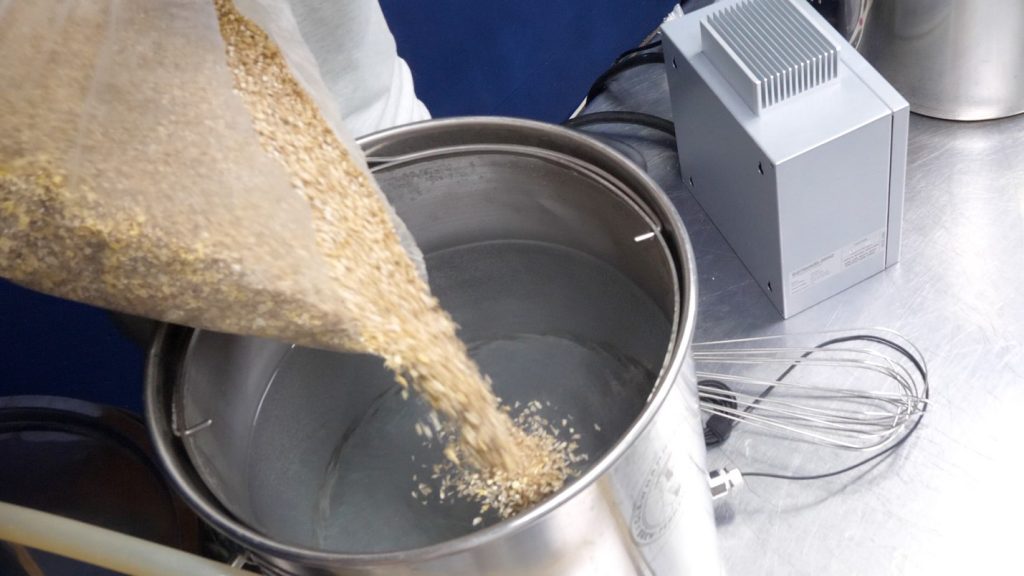
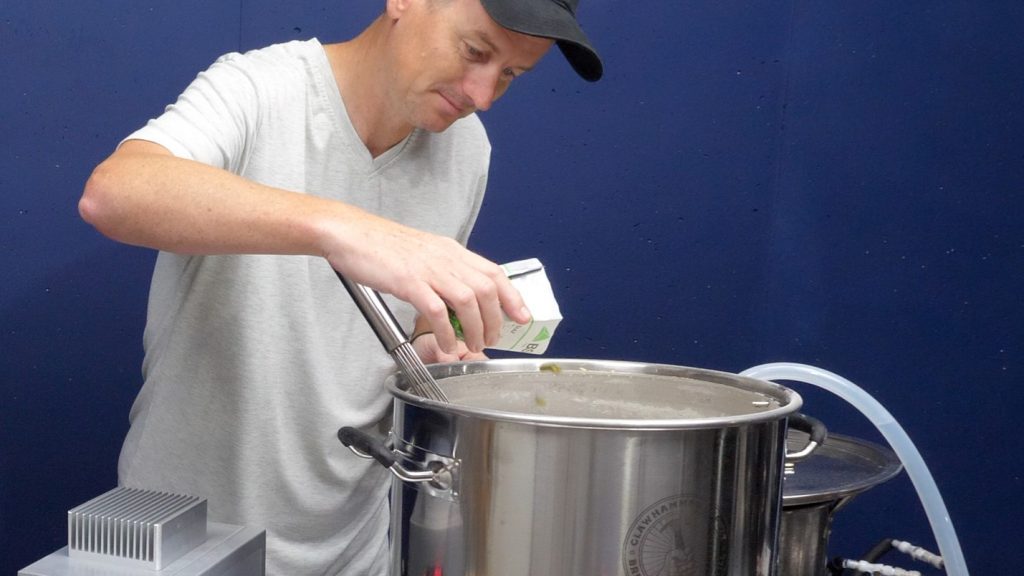
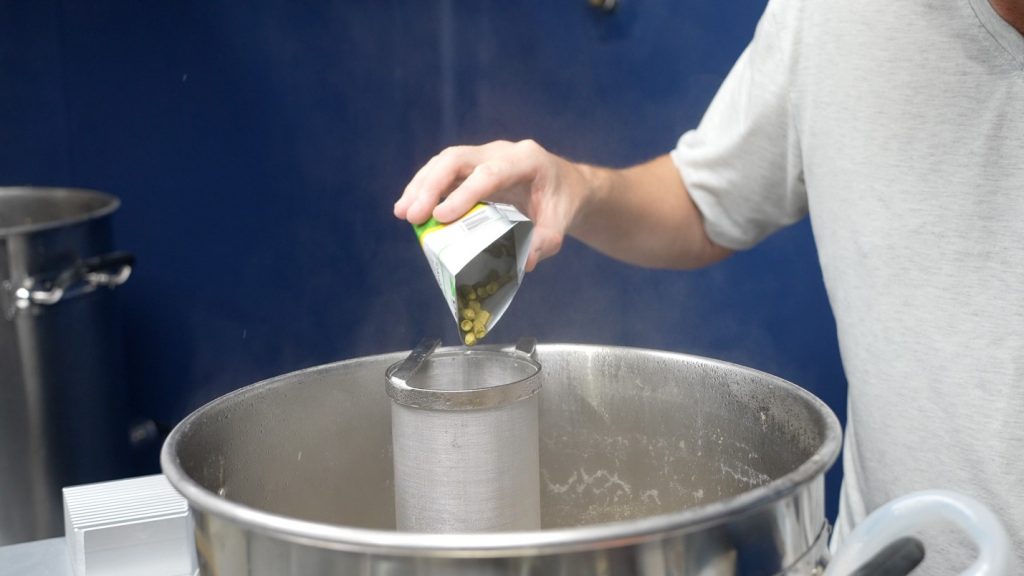
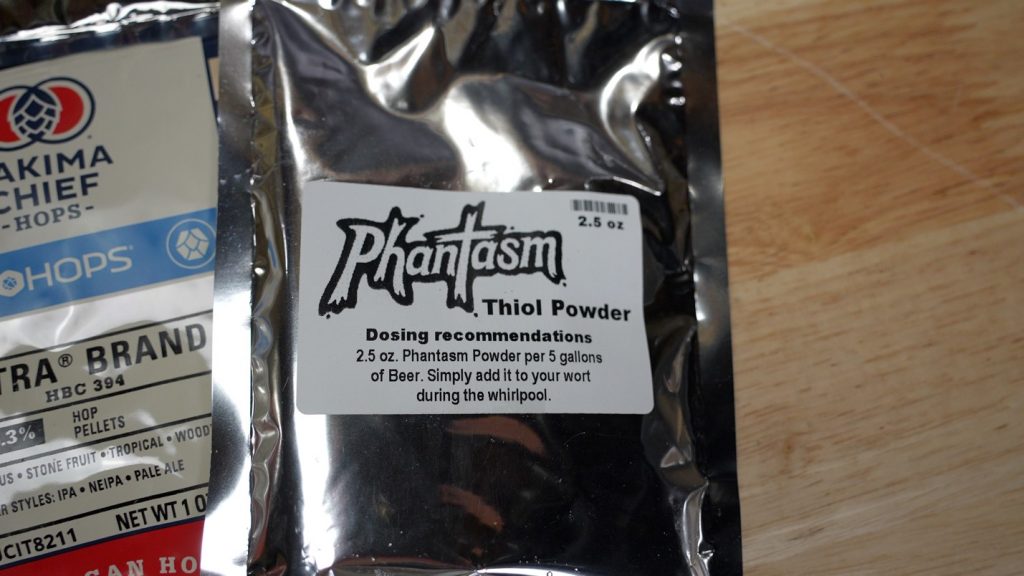
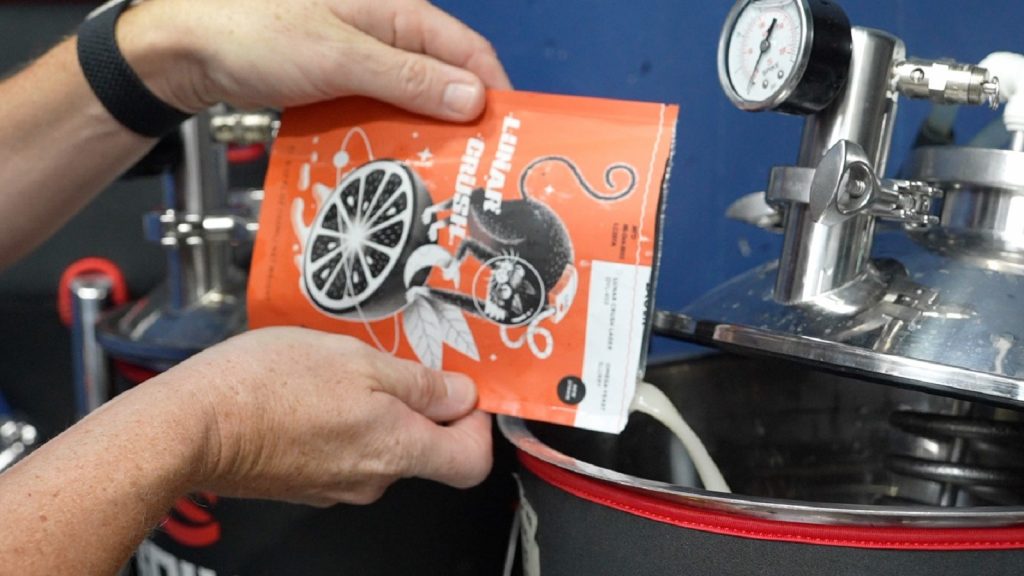
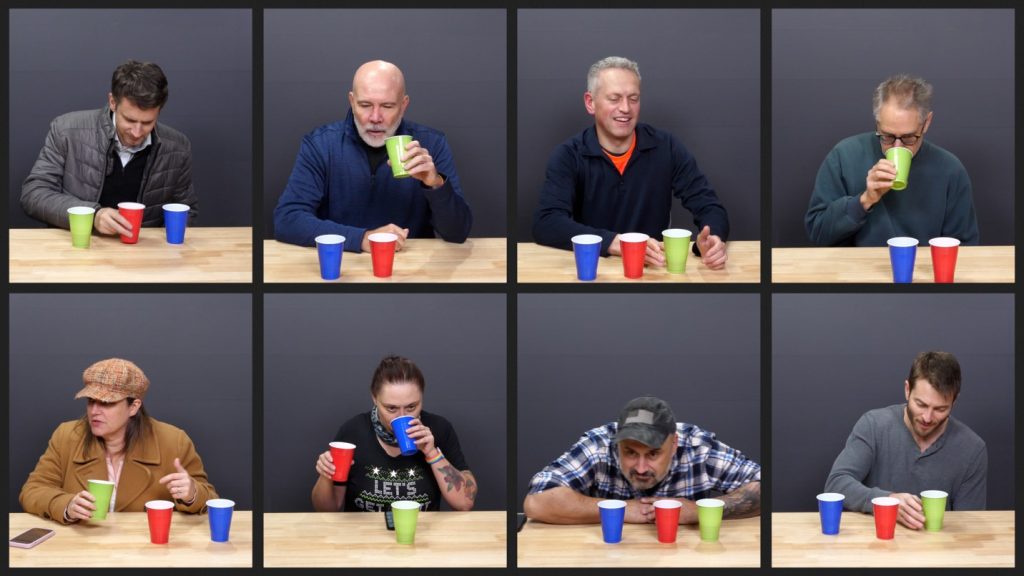











17 thoughts on “exBEERiment | Impact Taking Steps To Release Bound Thiols Has On A Cold IPA”
Welcome to brulosophy Martin!
I’m a bit confused about the hop schedule- your hopping list mentions a 30 minute addition yet the in text it says you just added a bittering addition at 60 mins? Which is it out of interest? Looking forward to the videos on YouTube. Thanks!
Thanks Robbie! Those 30 minutes hops are whirlpool additions. I’ll get the recipe updated.
If one response changes your results from significant to insignificant you don’t have the results you think you do. This probably should be viewed as likely significant. Or more respondents should be added to get a picture of whether the results are drifting toward significance or away. As it stands it is hard to think of this as showing that testers were not reliably able to distinguish the beers.
High sample size will always increase your confidence in analysis. But if you are using a statistical threshold you will always have a point where a single data point will be the difference between significant and not. That’s built in to the statistical model, and accounted for in the test.
If a sample of 20 seems way too small I’d recommend avoiding biomedical science literature where you will routinely find experiments with samples of <10 animals.
I’d add that most scientific research is incremental, not definitive. Almost none of it is about silver bullets and slam dunks and most of of it is about adding a little more weight to the scales.
One response being different actually could have a big difference because of how statistical significance testing works. The p-value indicates the probability that the null hypothesis can be rejected. Brulosophy normally doesn’t directly say it, but the null hypothesis here would be something like “taking steps to release bound thiols has no effect on a cold IPA.” So to be confident that they can reject the null hypothesis, they need a p-value of less than or equal to 0.05, indicating a 95% likelihood that the results that don’t conform to the null hypothesis are not due to random chance. When they say the p-value of the result they have was actually 0.92, that would basically mean there’s only an 8% chance that the result was significant (8% likelihood that the non-null findings were not random). So there is a big difference between 10 and 11 in this case.
I agree, though, that it’s tough to be comfortable with the numbers because what is normally an issue is that the sample sizes for most Brulosophy experiments are so small that we frequently see effects like this one. Unfortunately, it would be very difficult and impractical to get large enough sample sizes to really be comfortable with the numbers.
With that grain bill and that dark of a resultant color, I’m going to say some O2 got in there and messed with the hop character.
Unfortunately there are too many variables. You’re trying to do 5- 10 experiments in one go. Everything gets muddled this way.
I disagree. The scientific process can’t always be whittled down to a single variable. Sometimes it takes multiples variables to cross a threshold of perceptible difference. If the difference was perceptible, then you follow up with experiments to isolate each.
If I may suggest one possible exBEERiment specifically focused on bound thiols. Use identical hop schedules, including a mash hop, but with two different yeasts. Several of the thiolized yeasts are just versions of common yeasts. This will hopefully let you know if the thoilized yeast actually releases the thiols to levels that can be perceived.
IMO all this thiol and beta-lyase stuff is overblown. It’s one thing to show that “unlocking thiols” is detectable with fancy lab equipment, it’s another to show that it actually matters in a practical sense. Does it make simply a different beer, or does it make a better beer? The latter is what’s important.
For getting huge hop aroma and flavor in an IPA, it’s hard to beat the old standby of using lots of fresh, high-oil hops.
Great experiment. I don’t agree with the commenters saying there are too many variables. What was tested here is if all the variables, that supposedly all increase thiols, has an impact.
Ultimately I don’t think the science of thiols is understood well enough. Phantasm recommends adding to the whirlpool, but through interviews etc. I found out that numerous professional brewers have ended up using it in the dryhop instead, and attesting that gives better results.
The other aspect is that the breweries that seem to love this stuff are all really good breweries already. When you are Garage Project or Trillium, a beer being 2% more fruity is amazing, while the average person can’t even tell the difference. On the more cynical end, it’s also another marketting and instagramable ‘cool and high end’ thing they can push.
I suspect these phiol products will fade away in time as the cool factor dies off, and the cost is no longer justified. (And then likely reappear when the science is better understood)
To be honest, I think the test did work. If people were not able to distiguish two beers, being one made with 2x the DH rate (at a non-decremental marginal loss range) and were not able to distinguish an IPA that had Citra from another that had only Simcoe….that’s the proof that this thing actually did what it was supposed to.
Interesting! I’ve only ever used Helio Gazer vs British Ale V. Everything was exactly the same b/w the two batches except the yeast. The Helio Gazer batch was a complete thiol bomb and absolutely amazing. The only thiol precursors in my wort were from the hop stand and the malt, and it had a TON of thiol character. Is the Lunar Crush the same mutation as Helio Gazer or the same mutation as Cosmic Punch? Perhaps there were so many precursors from the malt and hops that the phantasm didn’t have enough of an effect to detect? I would have thought the phantasm would really boost the character but maybe not. It would be cool to do a comparison b/w one batch with only malt + phantasm and one with only malt with the same strain to see if there is a difference. I would prefer to use a strain that maximizes thiol production for this, like Helio Gazer.
Looks like the Lunar Crush is the maximal thiol version of Omega’s process (so should be as potent as Helio Gazer):
https://www.homebrewtalk.com/threads/lunar-crush-lager-experience.703265/post-9335058
I’m wondering if the big difference between the p value for 11 and 10 people (<0.05 v 0.92) might be an error and that the 0.92 value for 10 positive results should have been 0.08, i.e. 1.00-0.92….still not significant if you take p = 0.05 as significant, but close.
yeah, that makes most sense